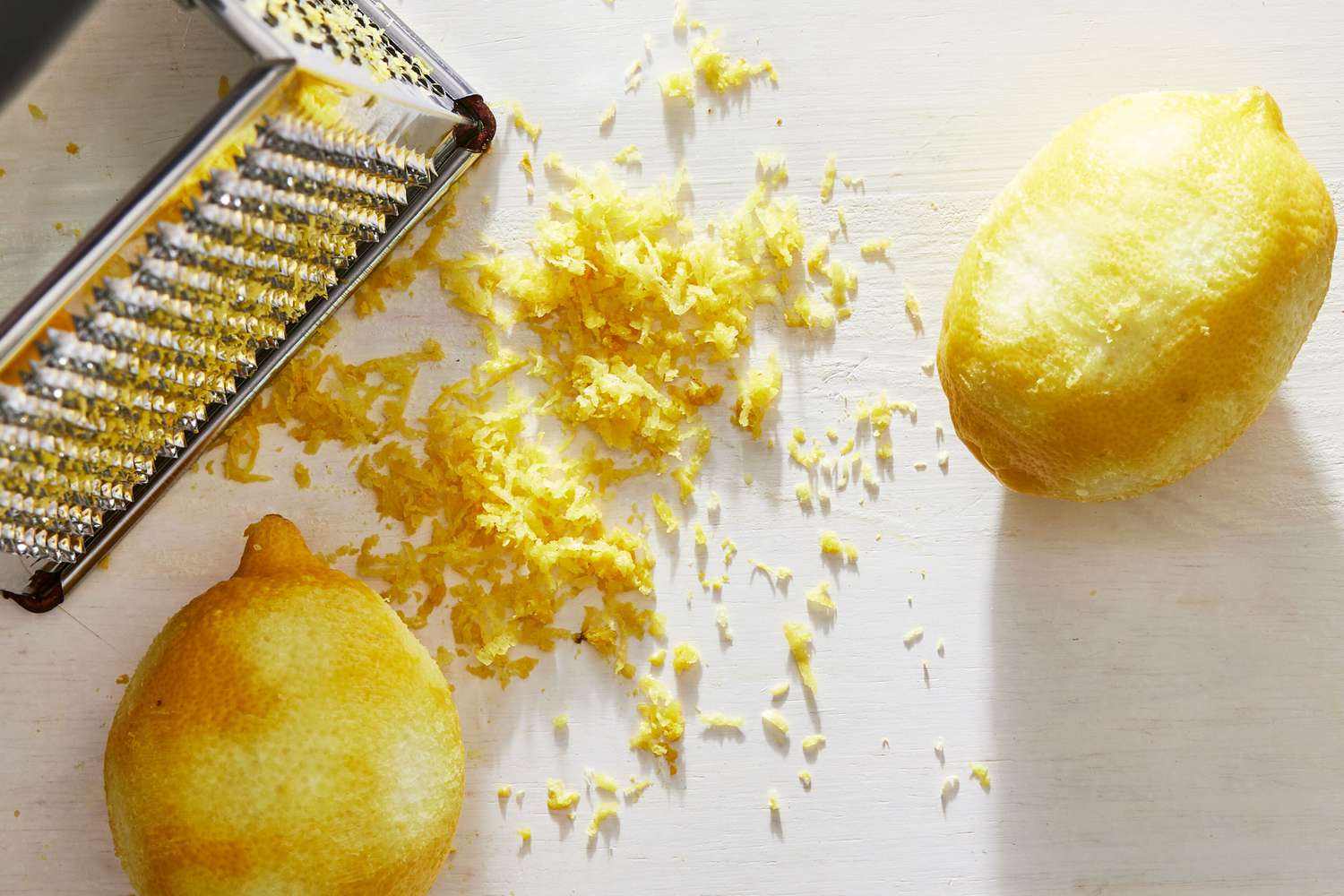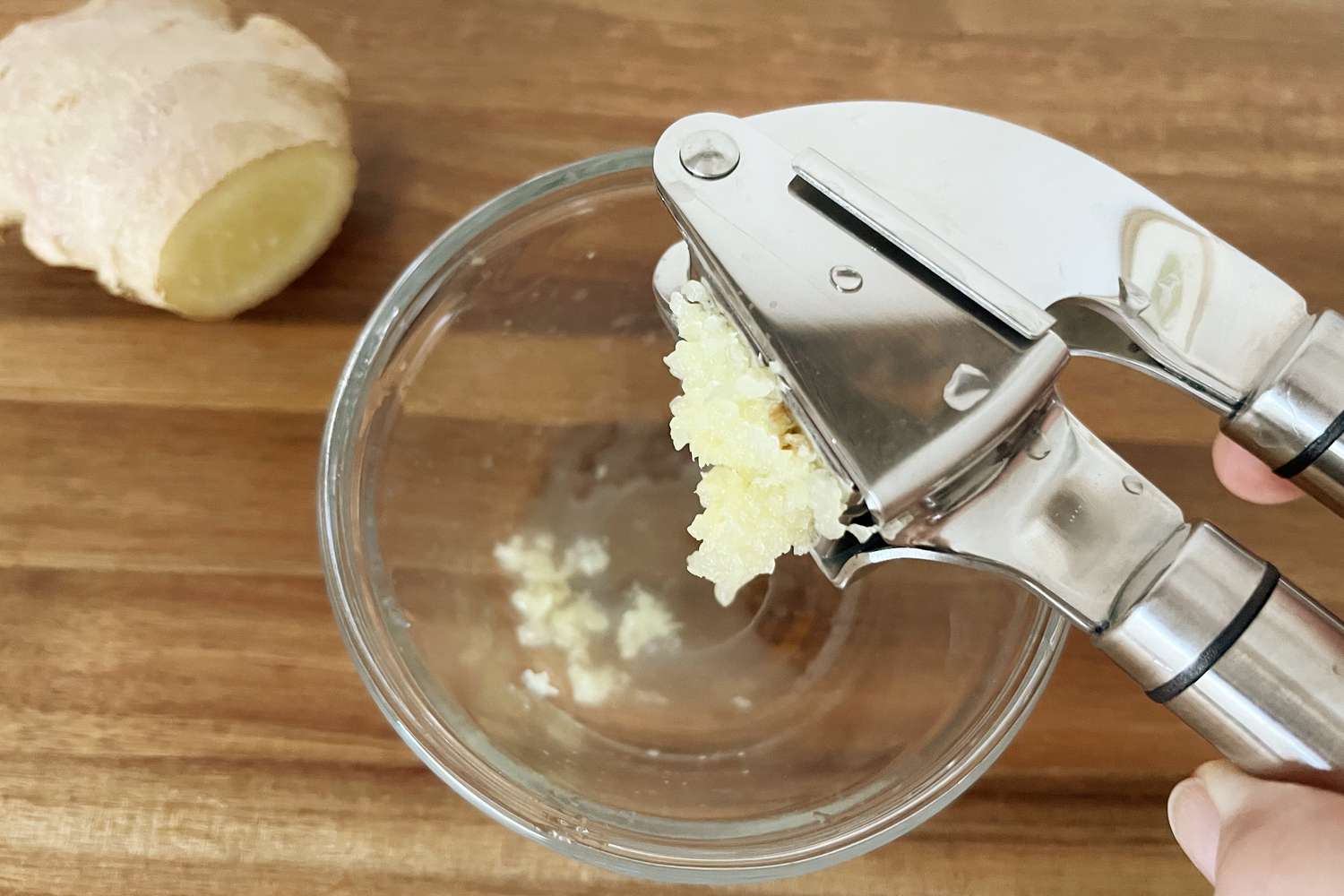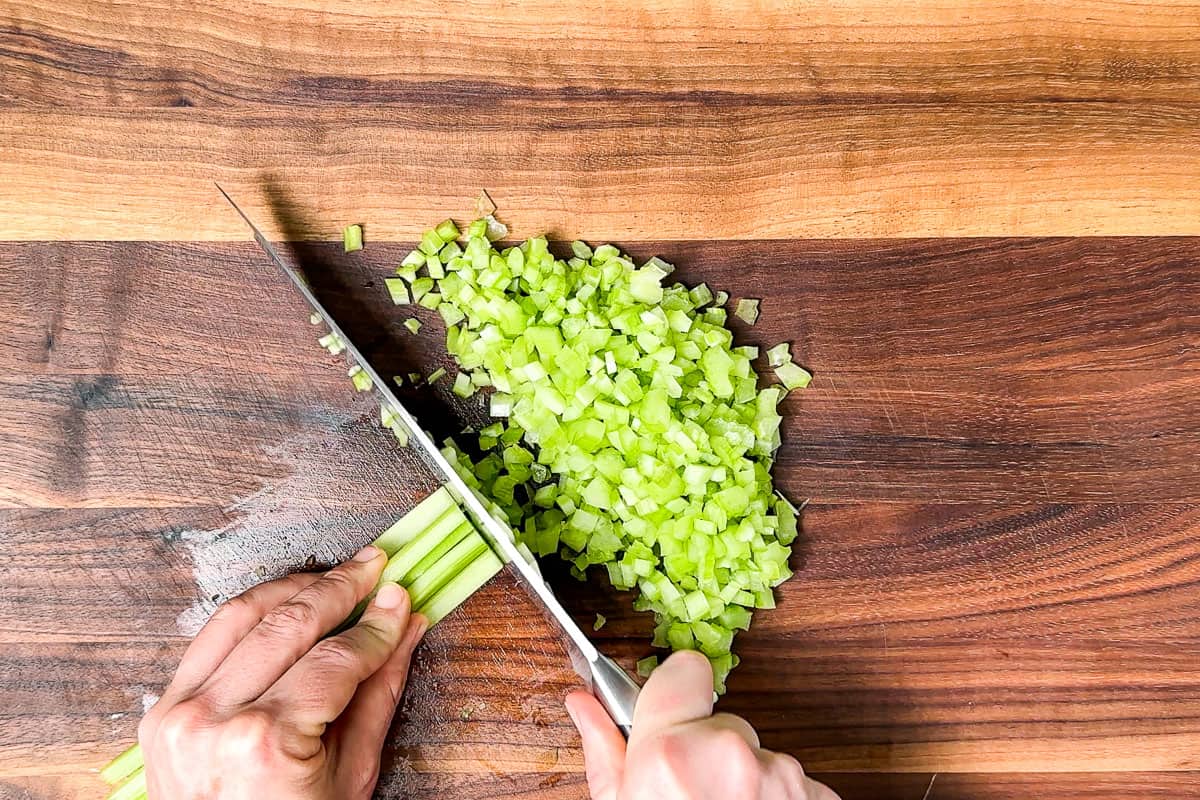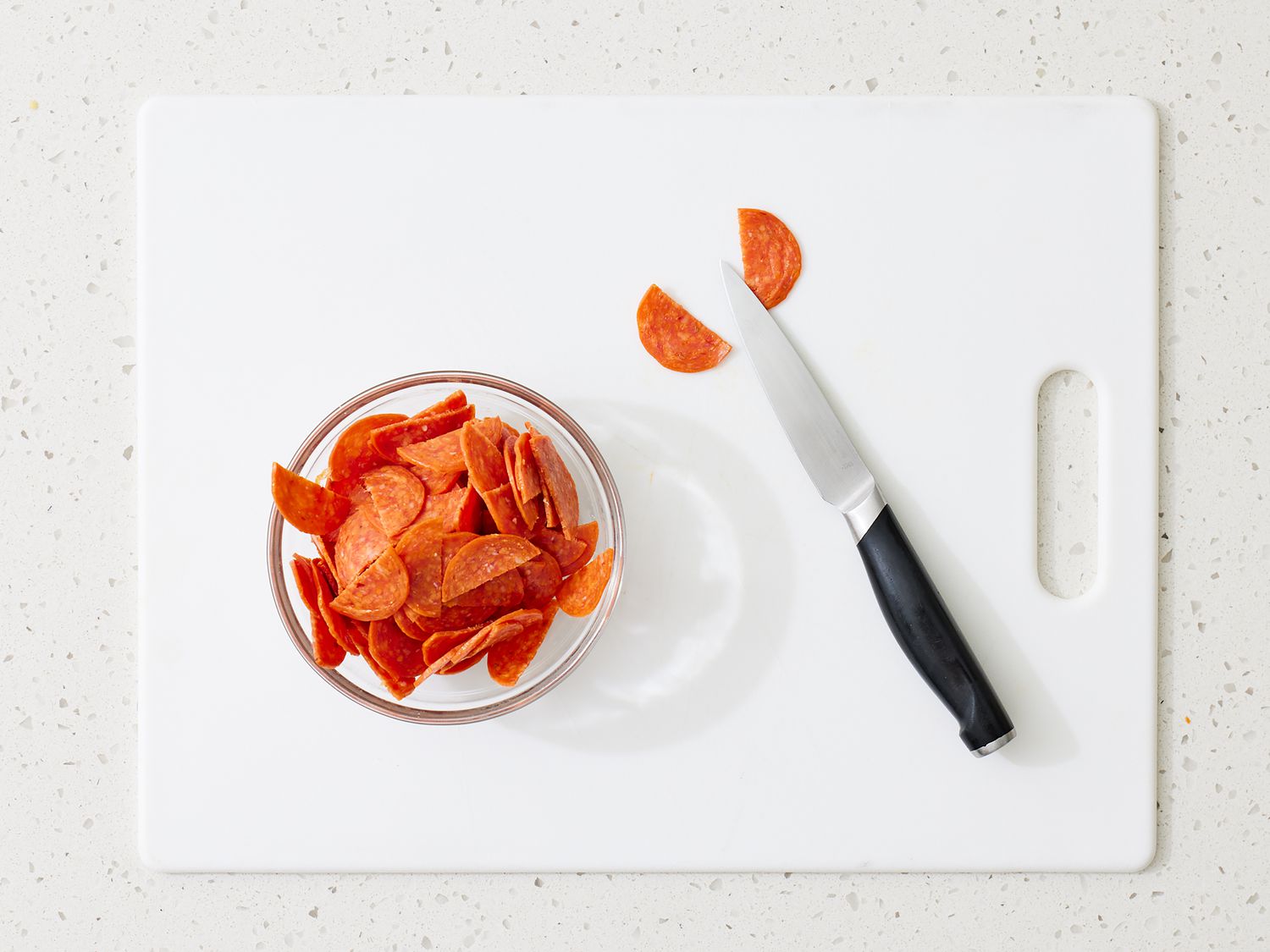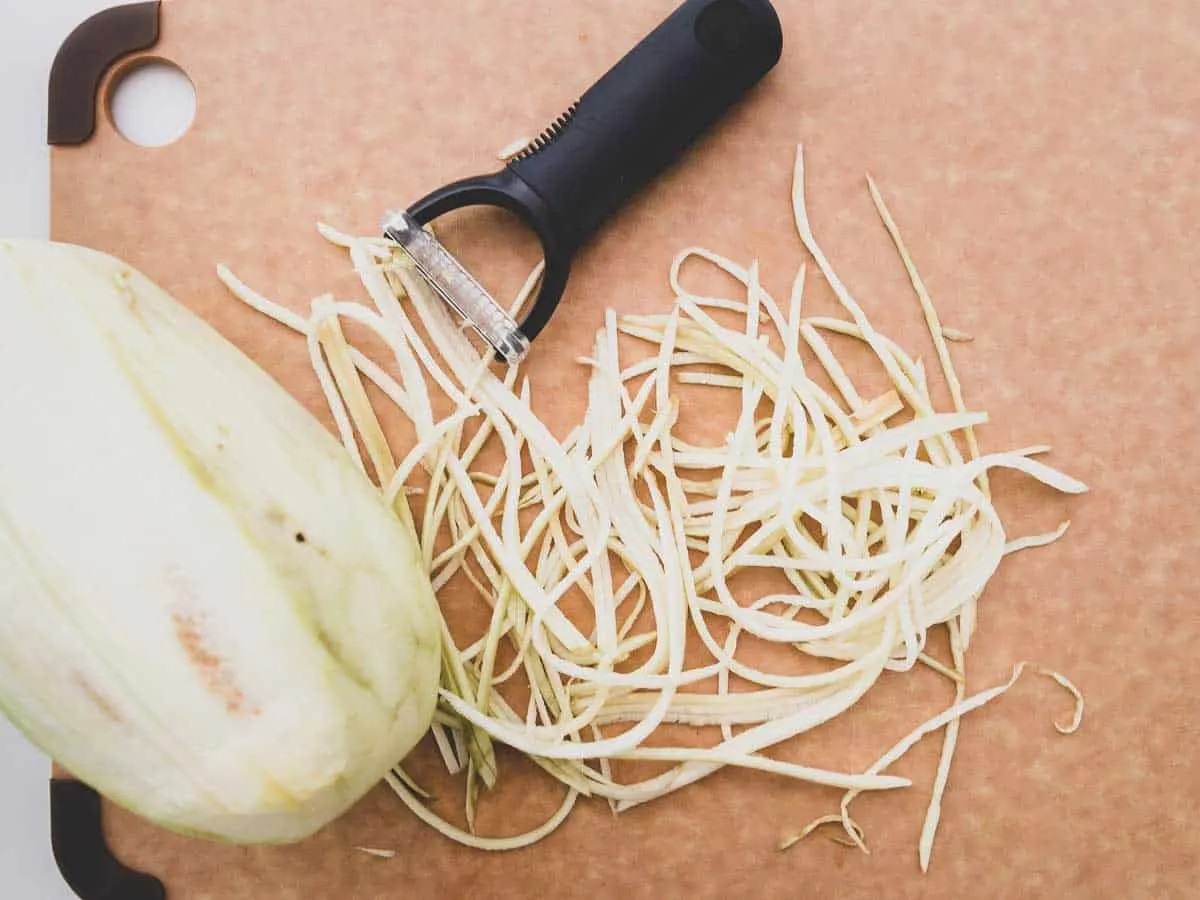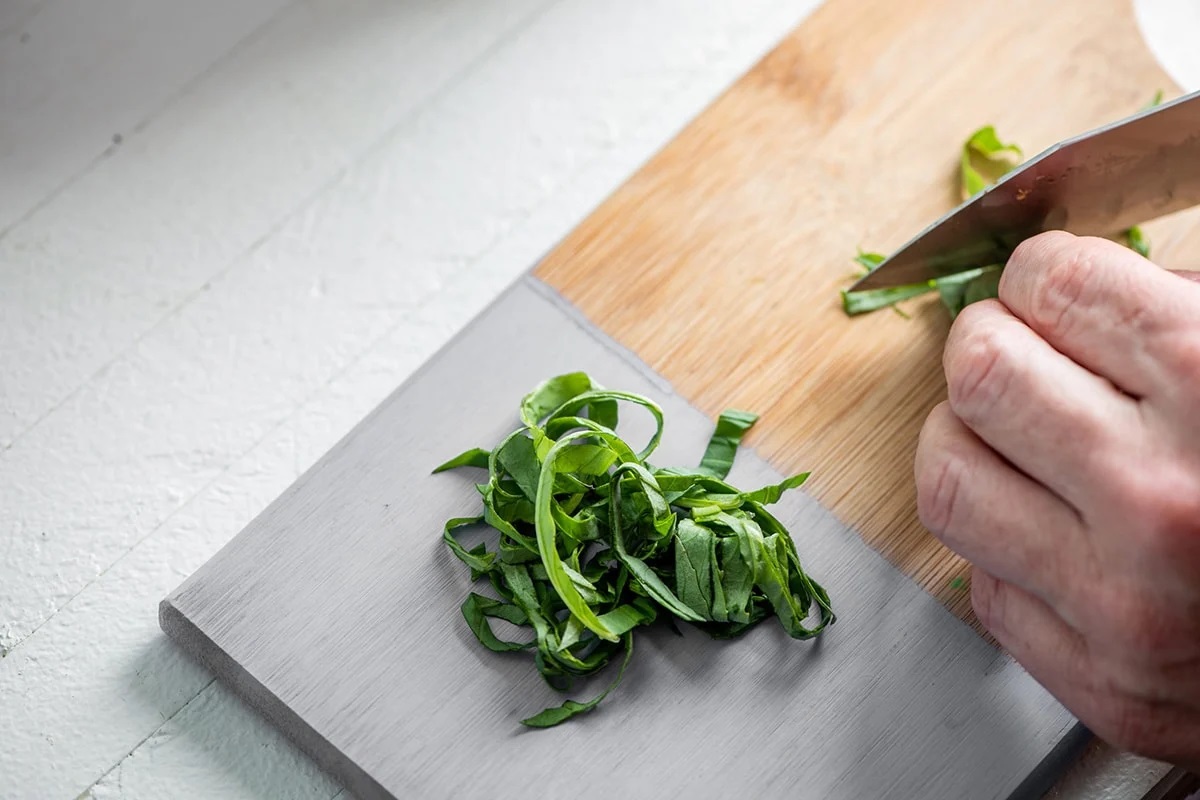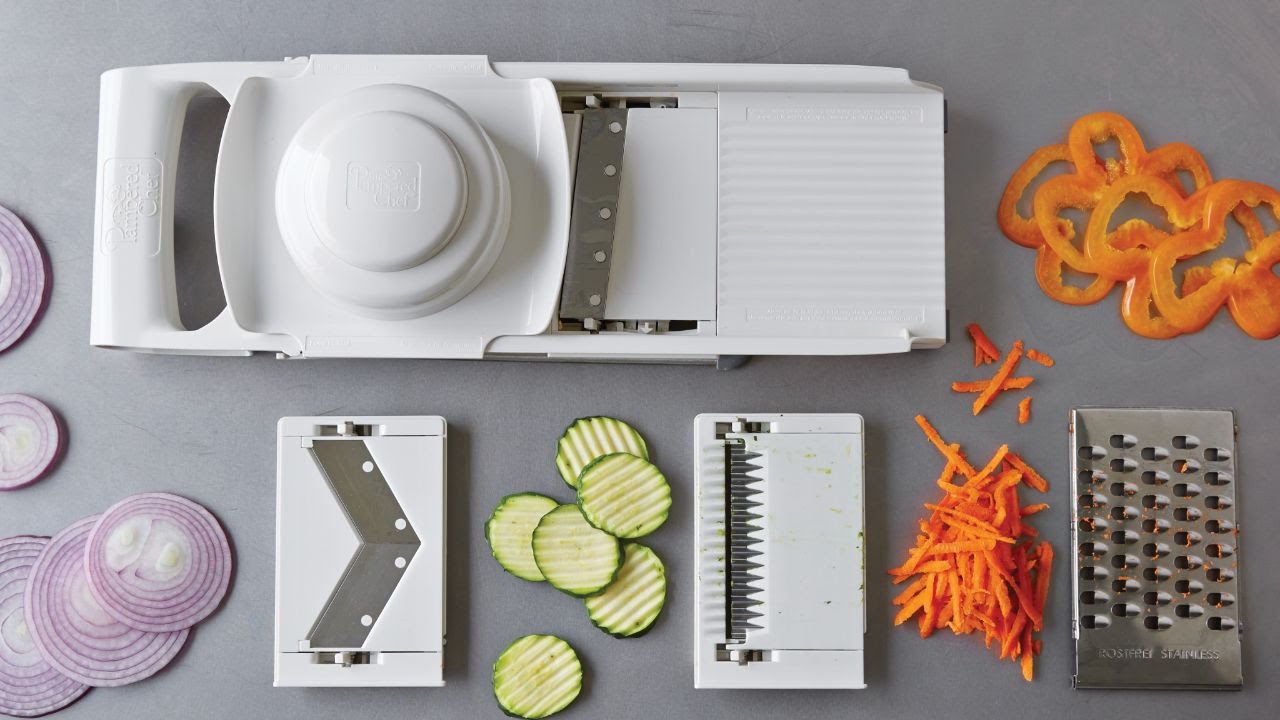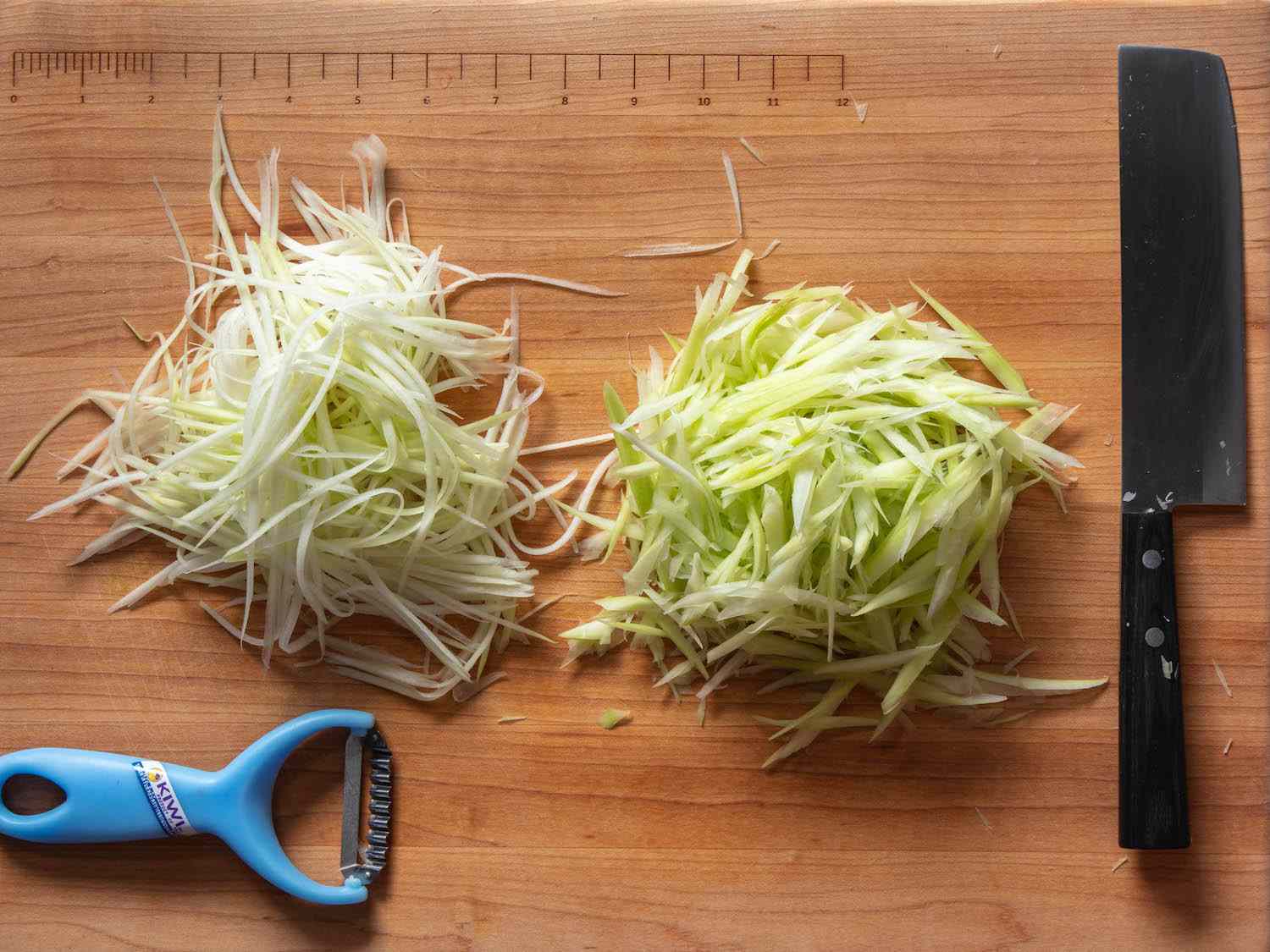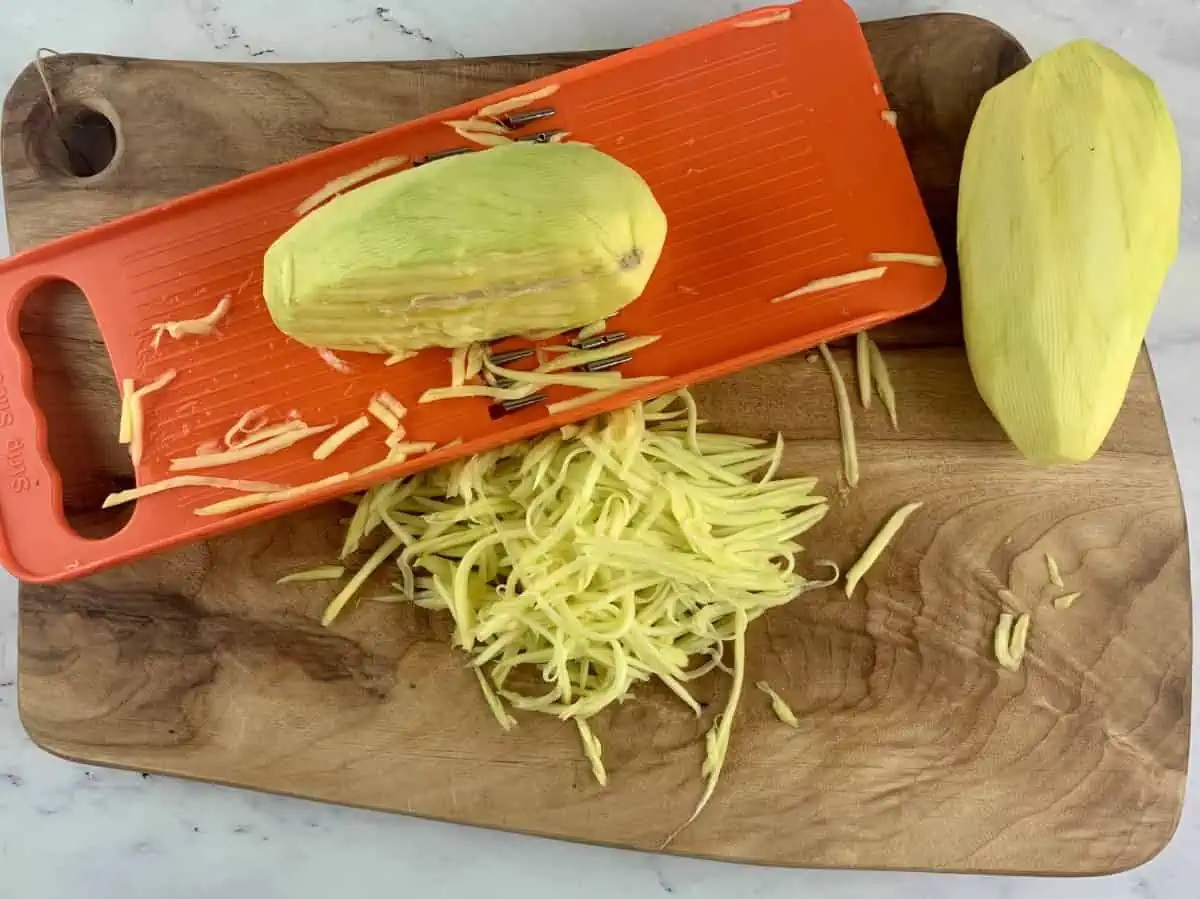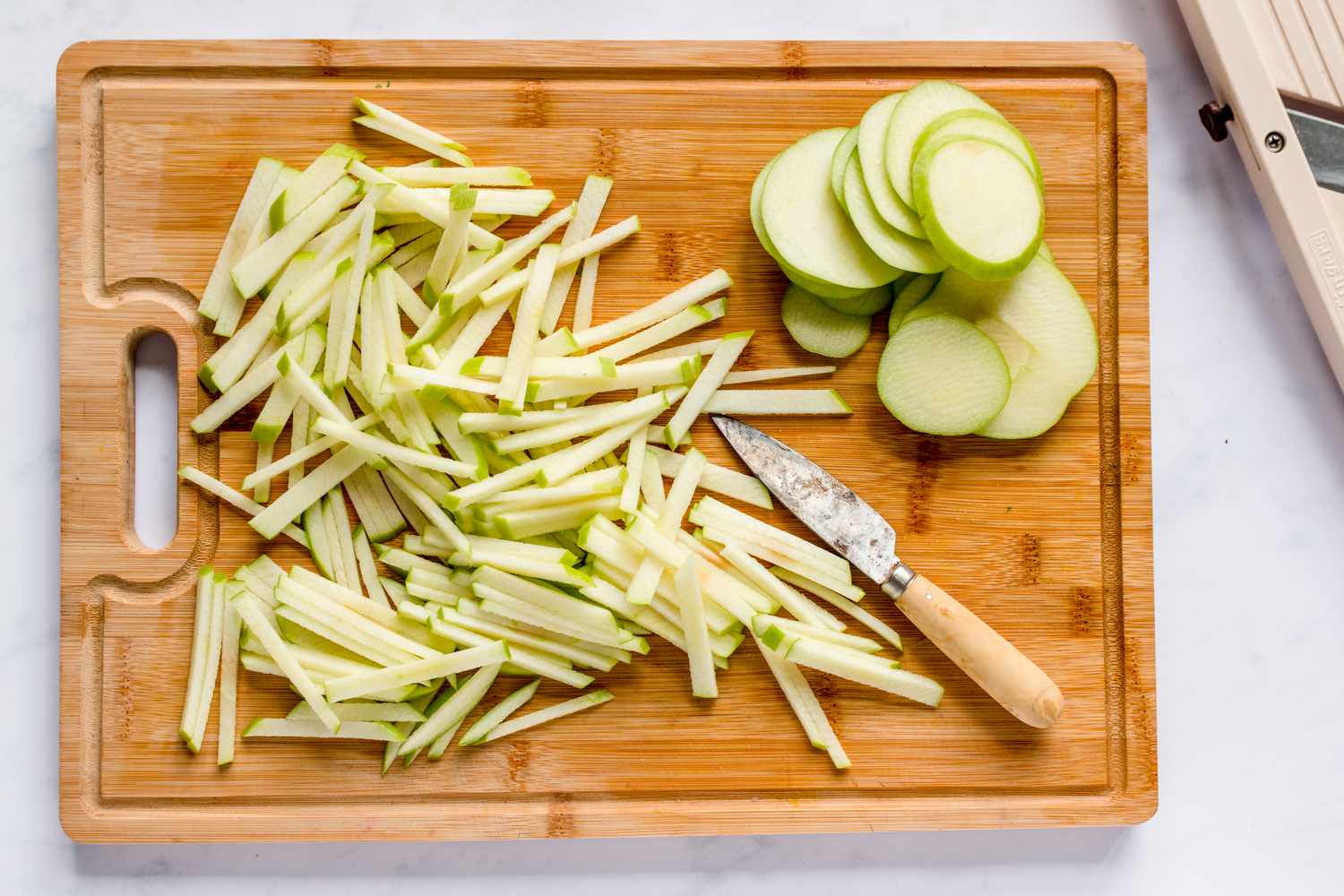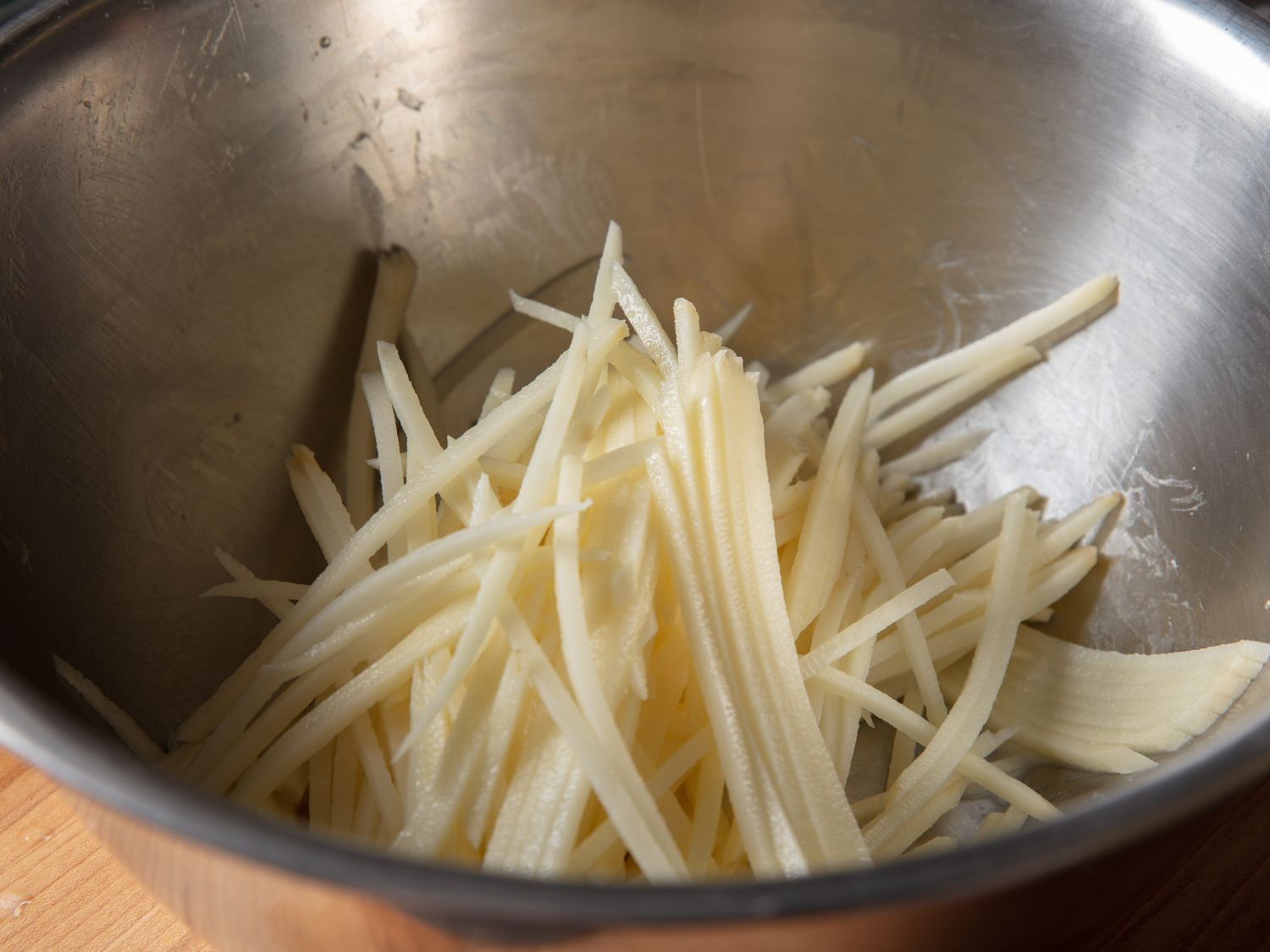Mastering the Art of Mincing Vegetables
Are you looking to add a touch of finesse to your culinary skills? Mincing vegetables is a fundamental technique that can elevate the flavor and presentation of your dishes. Whether you’re a seasoned home cook or just starting out in the kitchen, mastering the art of mincing vegetables can open up a world of culinary possibilities. In this guide, we’ll walk you through the step-by-step process of mincing vegetables like a pro.
Choosing the Right Tools
Before you begin, it’s important to have the right tools on hand. Here’s what you’ll need:
- Sharp chef’s knife
- Cutting board
- Bowl for collecting the minced vegetables
Prepping the Vegetable
Start by selecting a fresh, firm vegetable such as a carrot, onion, or bell pepper. Wash the vegetable thoroughly to remove any dirt or debris. Once cleaned, pat it dry with a clean kitchen towel.
Cutting the Vegetable
Using a sharp chef’s knife, carefully trim off the ends of the vegetable. For round vegetables like onions or potatoes, cut them in half to create a flat surface. This will provide stability as you work.
Next, carefully make vertical cuts into the vegetable, ensuring that they are evenly spaced and of uniform size. Be sure to keep your fingers curled under and use a gentle rocking motion with the knife to create a smooth, consistent cut.
Mincing the Vegetable
Once the vegetable is uniformly sliced, gather the pieces together and hold them in place with your non-dominant hand. With your dominant hand, begin making horizontal cuts across the vertical slices, using a gentle rocking motion with the knife. Continue until the vegetable is finely minced to your desired consistency.
Transfer the minced vegetable to a bowl, and marvel at your handiwork!
Expert Tips for Perfectly Minced Vegetables
Here are a few additional tips to help you achieve perfectly minced vegetables:
- Keep your knife sharp: A sharp knife will make the mincing process much easier and safer.
- Practice proper knife skills: Take your time and focus on maintaining a consistent cutting technique.
- Choose the right vegetable: Some vegetables, like garlic and ginger, require a finer mince, while others, like bell peppers, can be slightly chunkier.
- Experiment with different cuts: Depending on the recipe, you may want to try different mincing techniques, such as a fine dice or a rough chop.
Putting Your Skills to Use
Now that you’ve mastered the art of mincing vegetables, it’s time to put your newfound skills to use in the kitchen. Whether you’re preparing a stir-fry, a soup, or a fresh salsa, finely minced vegetables can add depth of flavor and a beautiful texture to your dishes.
Remember, practice makes perfect, so don’t be afraid to experiment and refine your mincing technique. With time and patience, you’ll become a master at mincing vegetables, impressing your family and friends with your culinary prowess.
Happy mincing!
Mastering the art of mincing vegetables opens the door to a wide range of delicious recipes. For those looking to put their skills to good use, try whipping up a batch of Hearty Vegetable Soup, where finely minced vegetables create a rich and flavorful base. Another great option is Stuffed Bell Peppers, where minced veggies add texture and taste to the filling. Vegetable Spring Rolls are also a fantastic choice, as minced vegetables provide a fresh and crisp bite. Finally, Homemade Marinara Sauce benefits from the even consistency of minced vegetables, enhancing the sauce's depth and richness. Each of these recipes lets you practice and perfect your mincing technique while enjoying tasty results.
